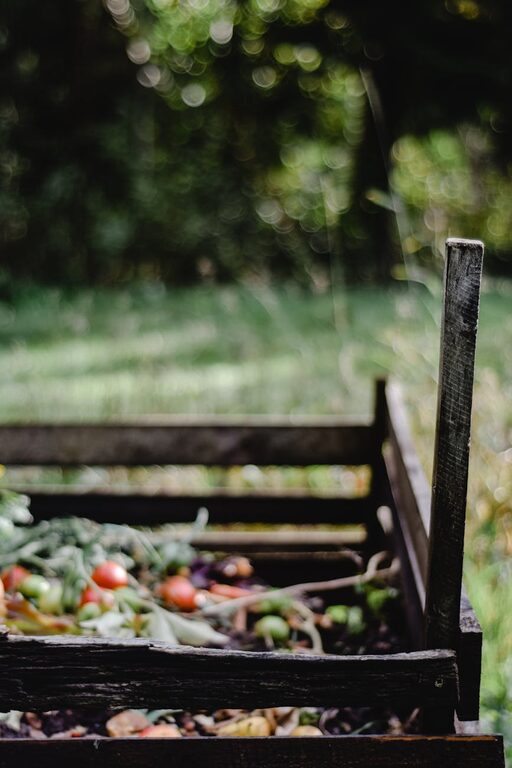Composting at home is an excellent way to reduce waste, enrich your garden soil, and contribute to a more sustainable lifestyle. If you’re new to composting, the process might seem a bit confusing at first, but with the right tips and a little patience, you can easily start turning organic waste into valuable compost. In this guide, we’ll walk you through everything beginners need to know to start composting at home successfully.
What Is Composting?
Composting is the natural process of recycling organic material, such as food scraps and yard waste, into a rich soil amendment known as compost. This nutrient-packed “black gold” can improve soil structure, help retain moisture, and provide essential nutrients to plants.
Why Compost at Home?
– Reduces landfill waste: Organic waste makes up a large portion of household garbage. Composting cuts down on what you throw away.
– Enriches your garden: Compost improves soil fertility and health.
– Saves money: By creating your own compost, you reduce the need to buy fertilizers.
– Supports the environment: Composting reduces methane emissions from landfills and lowers your carbon footprint.
Getting Started: What You Need
Choose a Composting Method
There are several ways to compost at home, depending on your space and preferences:
– Compost bin: A contained bin suitable for backyards and patios. Keeps compost tidy and deters pests.
– Compost pile: A simple heap in your garden. Requires more space but is easy to start.
– Tumbler composters: Rotating bins that speed up the composting process.
– Vermicomposting: Using worms to break down organic matter indoors or outdoors.
Select a Good Spot
Find a shaded, well-drained area near a water source but away from your house to avoid pests.
What to Compost: The Basics
A good compost pile includes a balance of green and brown materials.
Green Materials (Nitrogen-rich)
– Fruit and vegetable scraps
– Coffee grounds and tea bags
– Grass clippings
– Fresh garden waste
Brown Materials (Carbon-rich)
– Dry leaves
– Straw or hay
– Newspaper and cardboard (shredded)
– Wood chips and sawdust (untreated)
Materials to Avoid
– Meat, dairy, and oily foods (attract pests)
– Pet waste (can carry pathogens)
– Diseased plants
– Large branches or hard wood
– Synthetic materials or plastics
How to Build Your Compost Pile
- **Start with a layer of brown materials** about 4-6 inches thick to help with aeration.
- **Alternate green and brown layers** to maintain balance.
- **Add water** to keep the pile moist, like a wrung-out sponge.
- **Turn the pile** every 1-2 weeks to aerate and speed decomposition.
Caring for Your Compost
Monitor Moisture
The compost should be damp but not soggy. Add water during dry spells and add browns if it’s too wet.
Turn the Pile
Aeration encourages beneficial microbes and prevents bad odors. Use a garden fork or compost turning tool.
Patience Is Key
Composting can take anywhere from a few weeks to several months depending on conditions. Be consistent, and over time, you’ll see dark, crumbly soil forming.
Using Finished Compost
You’ll know your compost is ready when it looks dark, earthy, and crumbly and smells fresh. Use it to:
– Improve garden beds by mixing it into soil
– Mulch around plants
– Feed potted plants by mixing compost into their soil
Tips to Succeed with Home Composting
– Chop or shred larger materials to speed breakdown.
– Avoid adding too many citrus scraps as they can make the pile acidic.
– Keep food scraps covered with brown materials to deter pests.
– Start small and gradually increase the amount you compost.
– Use a kitchen compost caddy to collect scraps easily.
Conclusion
Home composting is a rewarding practice that benefits your garden and the environment. With some simple tools and a little care, anyone can turn everyday waste into nourishing compost. Start small, be patient, and enjoy the fruits (and veggies!) of your efforts.
Happy composting!

